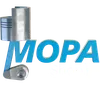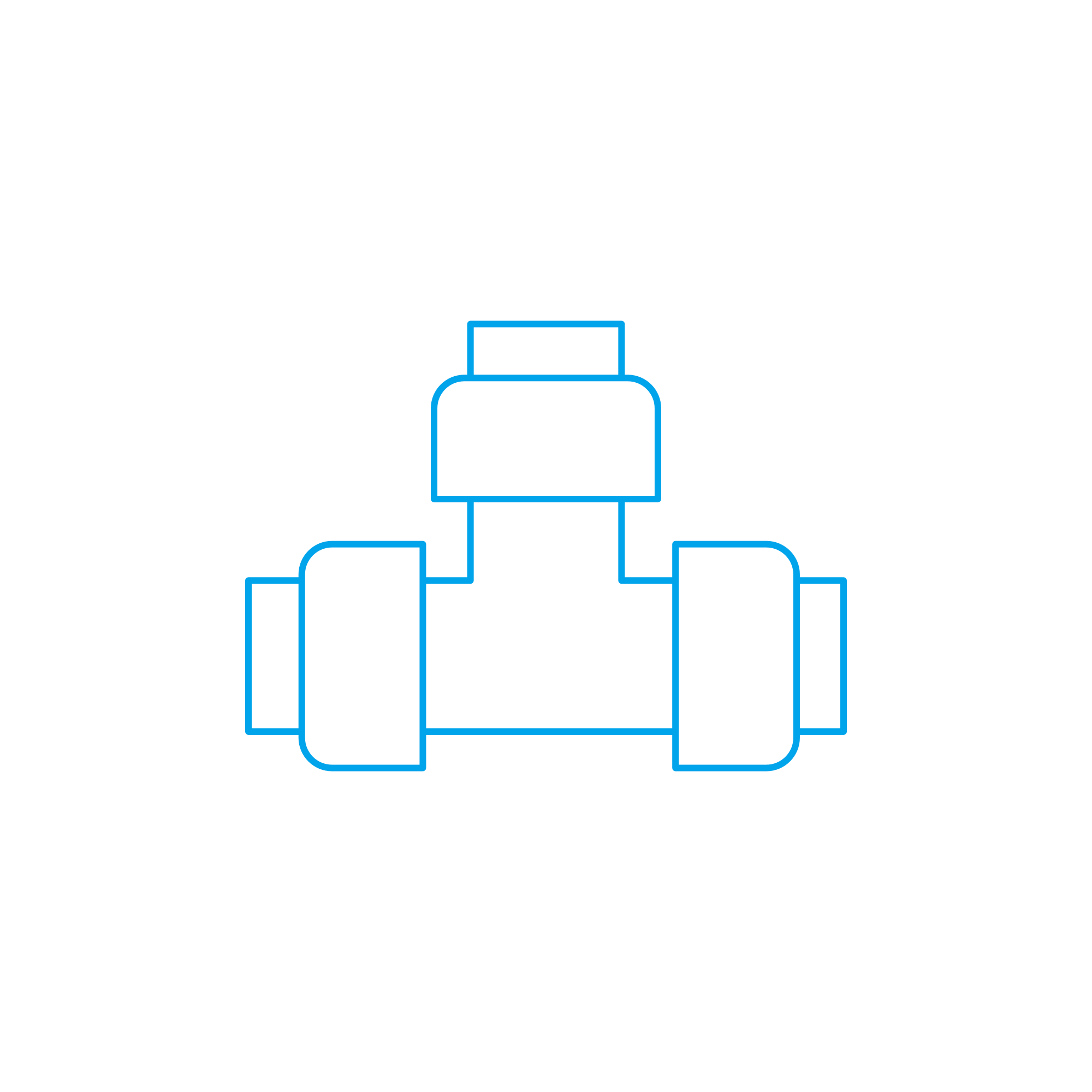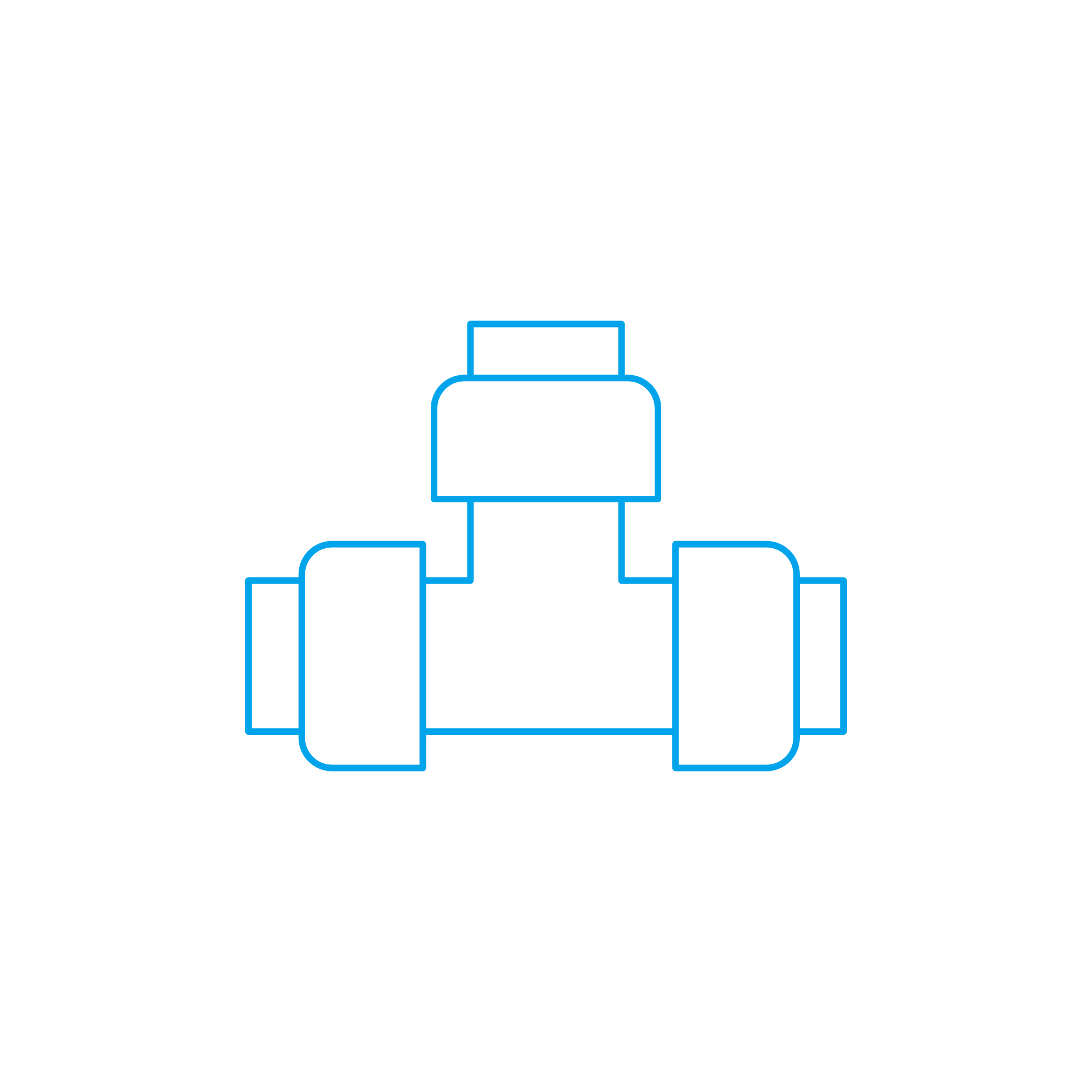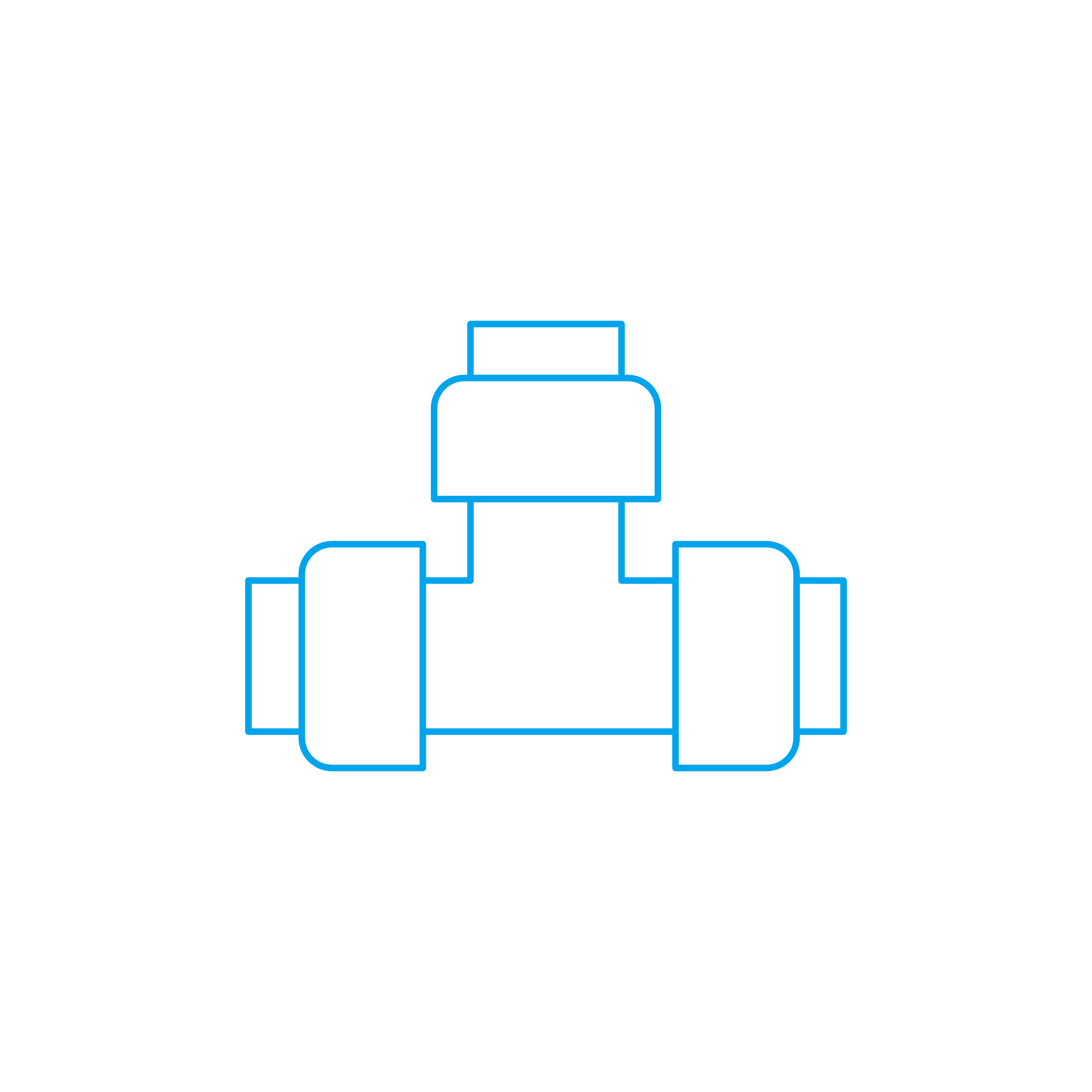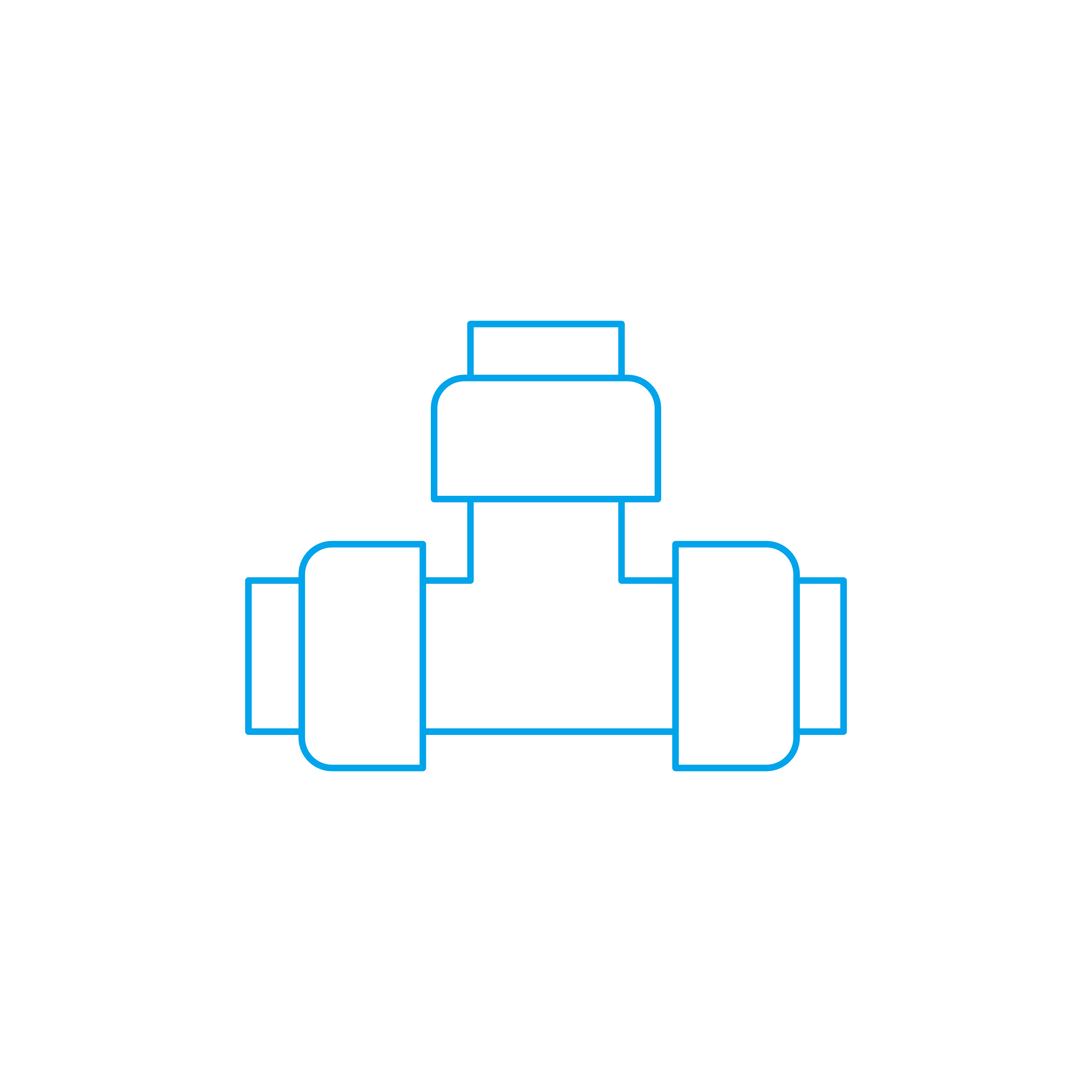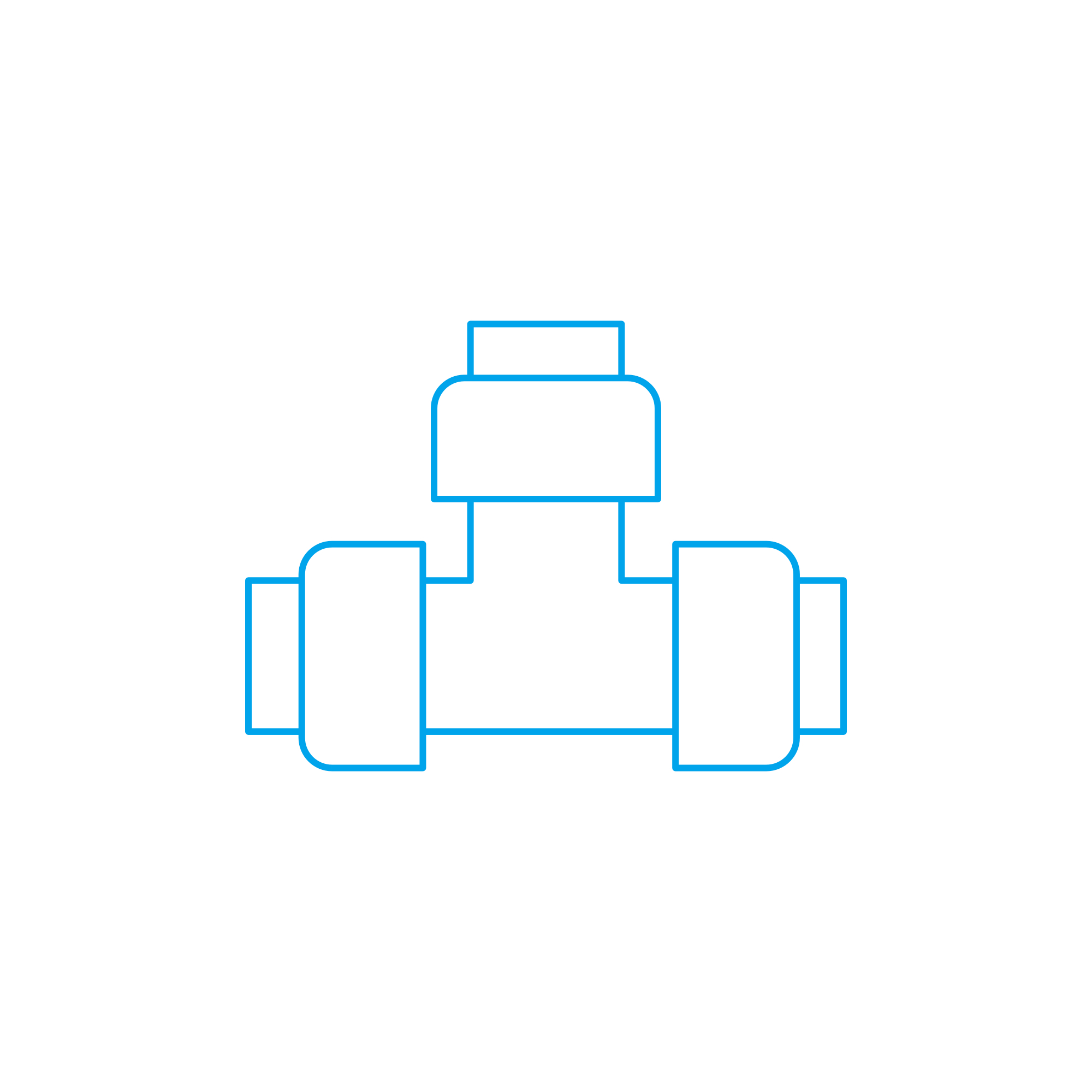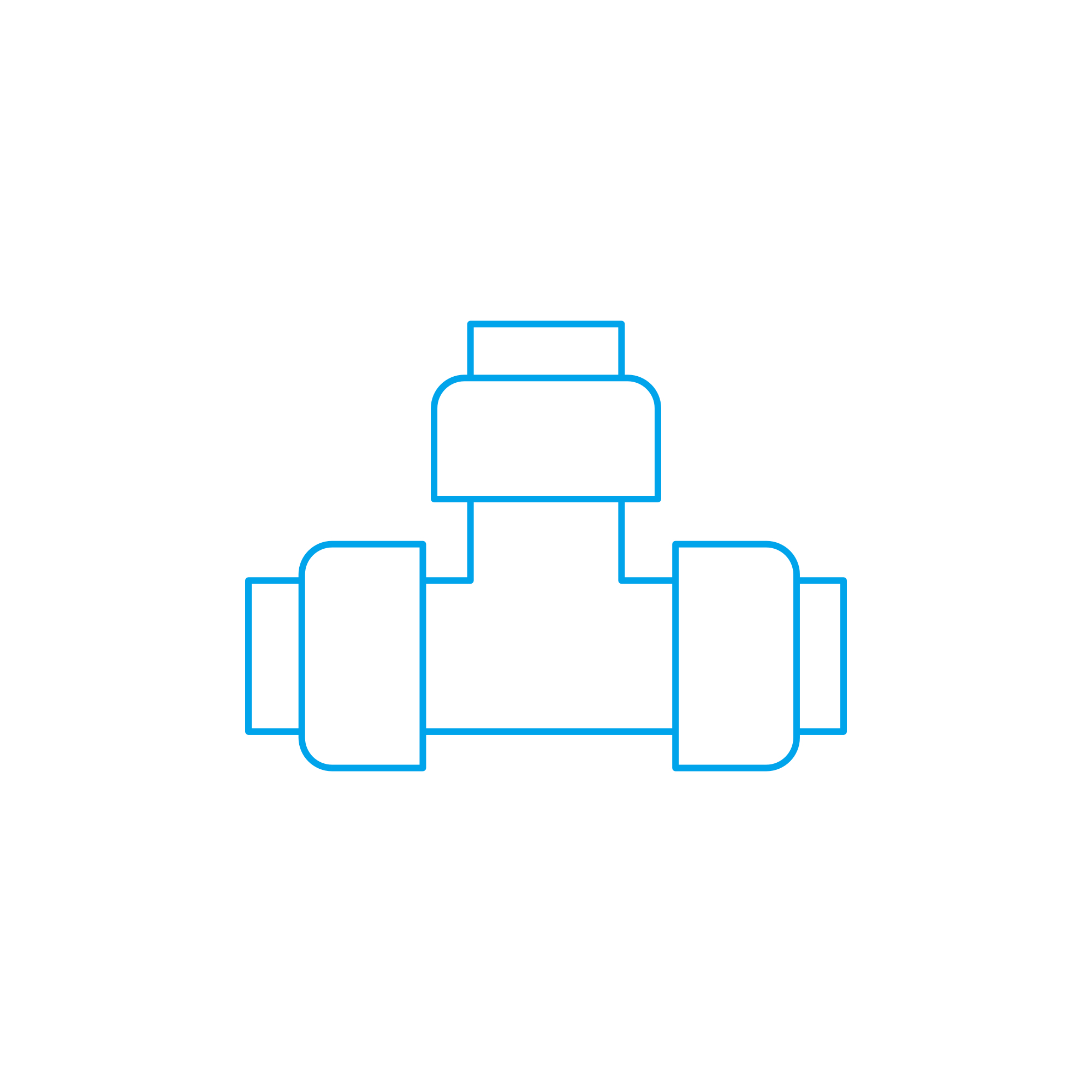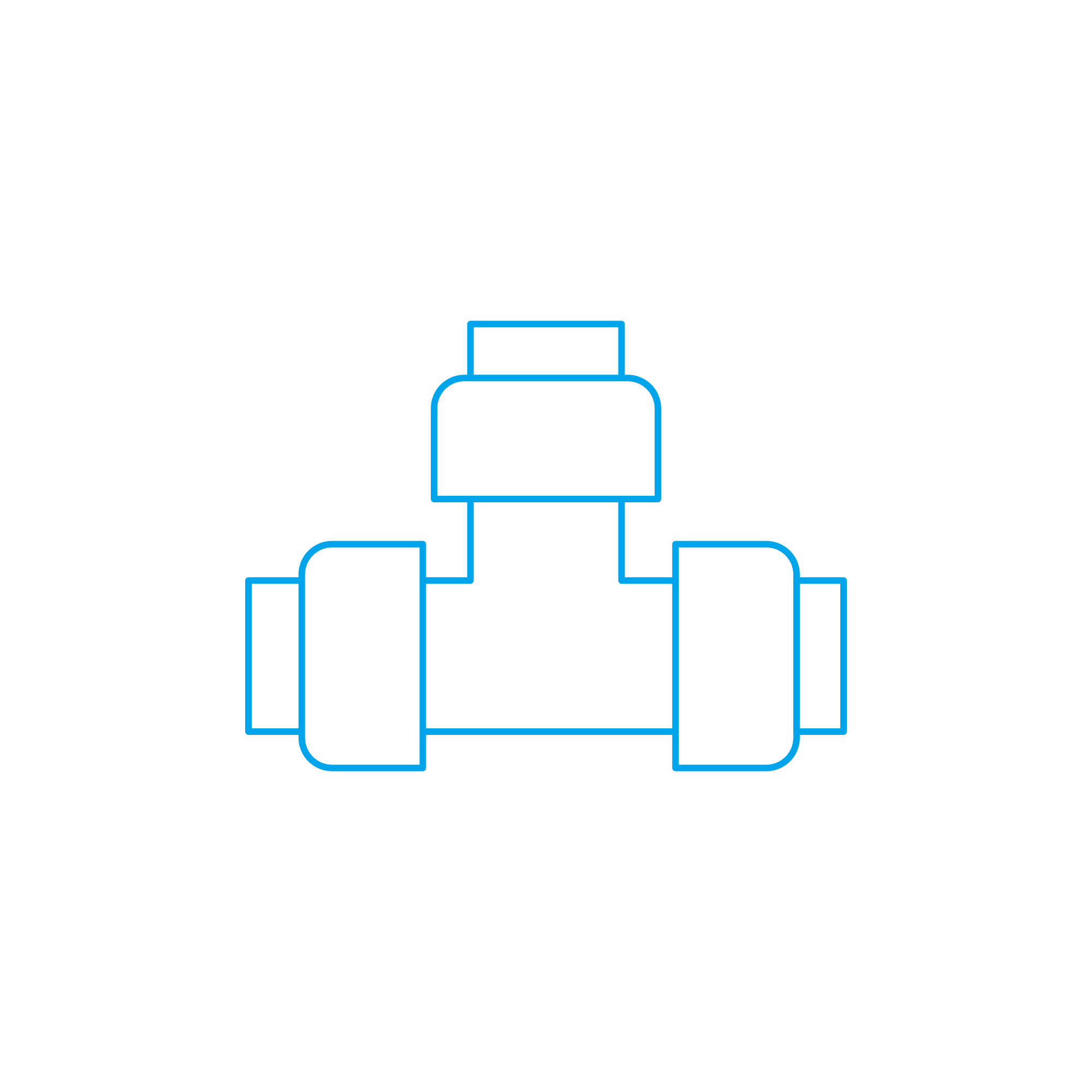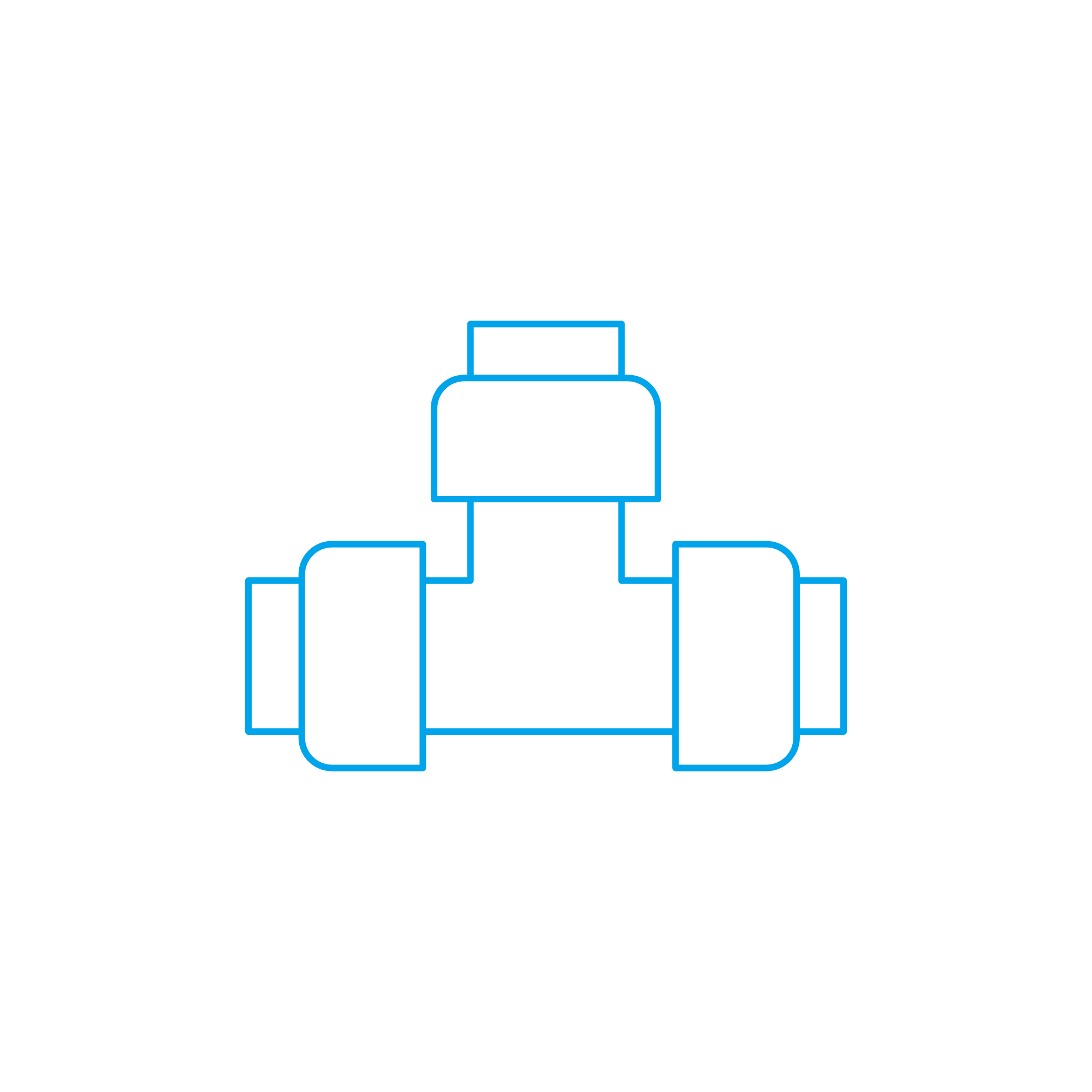SCREW CONNECTOR Fittings and armatures for robust engine performance
Fittings and armatures are the backbone of every engine’s fluid and gas infrastructure. These precision components—ranging from valves, couplings, elbows, and unions to the indispensable SCREW CONNECTOR—create leak-tight, vibration-resistant connections across fuel, lube oil, cooling water, air, and emission-control circuits. In marine engine and diesel engine applications, they ensure that pressure, flow, and temperature are maintained within strict limits, protecting equipment, people, and uptime. As an article category, Fittings and armatures integrate mechanical strength with sealing technology to deliver safe, serviceable, and efficient system layouts that support dependable operation at sea and on land.
From engine skid to auxiliary modules, Fittings and armatures translate design intent into a reliable piping and tubing reality. A SCREW CONNECTOR diesel engine assembly, for instance, secures metallic tubes or hoses to pumps, filters, coolers, or manifolds with precise geometry, matching thread forms, and tested sealing interfaces. The result: predictable performance under thermal cycling, vibration, and high pressures typical of propulsion and power-generation duty.
Technical function of Fittings and armatures and the role of the SCREW CONNECTOR
Fittings and armatures perform three essential functions in engines: connect, control, and contain. They connect lines and equipment; control direction, isolation, or backflow via valves and checks; and contain operating media under pressure without leakage. The SCREW CONNECTOR in particular provides a removable, service-friendly joint between pipes, tubes, or flexible hoses and engine components. In marine engine installations, SCREW CONNECTOR OEM parts are engineered for repeatable assembly, correct torque transmission, and durable sealing under shipboard vibrations and hull-borne stresses.
Depending on the duty, different sealing systems are used: metal-to-metal cones (e.g., 24° flare), cutting ring bite for metric tube systems (DIN/ISO), O-ring face seal (ORFS) for enhanced vibration resistance, or BSPP/NPT thread forms with bonded seals or PTFE-based thread sealing where specified. Materials are chosen for media and environment: carbon steel with protective plating for general service, 316/316L stainless steel for seawater or aggressive condensates, and brass/bronze where dezincification or spark safety is required. Pressure ratings typically span from 10–40 bar for cooling and fuel return lines up to 300+ bar in certain hydraulic auxiliaries, while starting-air systems often operate around 30 bar—each requiring fitting geometry and wall thickness that match the application.
Correct installation is crucial: clean, burr-free tube ends; precise tube OD tolerance; verified thread type (metric, UN/UNF, BSPP/BSPT, NPT); and calibrated torque or controlled wrench angles. Alignment prevents side loading; support clamps reduce dynamic stress. Hydrostatic proof testing and periodic leak checks confirm integrity after overhaul. A properly assembled SCREW CONNECTOR marine engine connection preserves flow coefficients, minimizes pressure loss, and helps avoid aeration or cavitation in sensitive circuits.
- · High-integrity sealing under pressure and vibration
- · Compatible with fuel, lube oil, coolant, air, and exhaust aftertreatment media
- · Standardized threads and cones for cross-platform compatibility
- · Corrosion-resistant materials for marine and industrial environments
- · Serviceable connections that reduce downtime
- · Stable flow and low pressure drop for efficiency
- · Tested performance with defined assembly torques
Why Fittings and armatures are critical for engine reliability and service life
The reliability of a diesel or gas engine is only as strong as the smallest connection. A minor leak at a SCREW CONNECTOR can escalate into significant risk: fuel atomization near hot surfaces raises fire potential; coolant loss causes thermal stress and cylinder head damage; lube oil leaks compromise bearings; and air leaks degrade start reliability and turbocharger efficiency. Over time, threads can gall, O-rings age, plating deteriorates, and improper reassembly induces misalignment or over-torque. Each of these factors shortens service life and impacts total lifecycle cost.
Routine condition monitoring—visual inspection for salt creep or weeping, torque verification after thermal cycles, and pressure hold tests—mitigates these risks. Using correctly specified Fittings and armatures with the right metallurgy, seal compounds (e.g., FKM, NBR, HNBR per fluid and temperature), and geometry maintains system integrity across maintenance intervals. In short, dependable connectors and valves protect uptime, safeguard crews, and preserve compliance with safety standards and class requirements.
Advantages of OEM spare parts suitable for Fittings and armatures
OEM spare parts suitable for Fittings and armatures match the engineered intent of the engine system. Dimensional accuracy ensures that a SCREW CONNECTOR mates perfectly with cones, ferrules, and seats already present in the installation, reducing the risk of micro-leaks or thread damage. Surface finishes, heat treatment, and plating thickness are controlled so that galling resistance, torque-tension relationships, and corrosion protection perform as designed.
Beyond fit, OEM spare parts sustain efficiency: correct bore diameters and internal profiles preserve flow area and minimize turbulence, supporting fuel economy and thermal stability. Certified materials and seal compounds align with modern media—from low-sulfur fuels and biofuel blends to synthetic lubes and high-alkaline coolants—preventing swelling, embrittlement, or chemical attack.
From a budget and lifecycle perspective, the right OEM spare parts reduce rework, prevent unplanned stoppages, and shorten overhaul windows thanks to predictable assembly and documentation. They enable planned maintenance, reduce spare stock complexity, and help maintain consistent performance across multi-engine fleets.
Why choose OEM SCREW CONNECTOR components for diesel engine and marine engine systems
SCREW CONNECTOR OEM parts provide compatibility with mating seats and threads, traceable materials, and proven sealing performance under vibration. They support safe, efficient operation in confined engine rooms where access is limited and downtime is costly.
MOPA: experienced partner for OEM spare parts Fittings and armatures
MOPA supplies OEM parts for Fittings and armatures with a focus on speed, quality, and security in the trade of components for diesel and gas engines. Customers benefit from rapid availability, application-verified selections for SCREW CONNECTOR marine engine and auxiliary systems, and meticulous documentation that supports class inspections and internal QA processes. MOPA’s team understands thread standards, sealing systems, and media compatibility, helping purchasers and superintendents avoid costly mismatches or delays.
With a streamlined logistics network, MOPA reduces lead times for global ports and power plants alike. Each delivery reflects consistent quality control and careful packing that preserves precision threads, sealing faces, and protective coatings—so fittings install cleanly, torque correctly, and test tight the first time.
Targeted sourcing for SCREW CONNECTOR OEM parts
Whether you need metric flare fittings for jacket-water loops, BSPP adapters for fuel return lines, or stainless SCREW CONNECTOR assemblies for seawater-exposed areas, MOPA aligns specifications with your engine model and service conditions, enabling fast, secure procurement that keeps assets on schedule.
Conclusion
Fittings and armatures—especially the SCREW CONNECTOR—are essential to the safety, efficiency, and longevity of modern diesel and marine engine installations. Precision connections keep fluids contained, pressures stable, and maintenance predictable. By selecting OEM spare parts suitable for Fittings and armatures, operators gain dependable performance, lower lifecycle costs, and confidence in every connection across the engine room.
